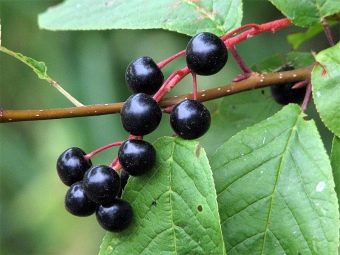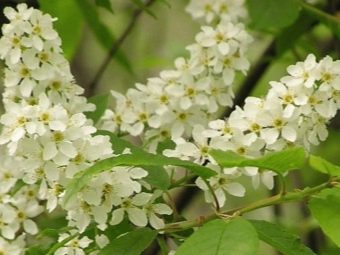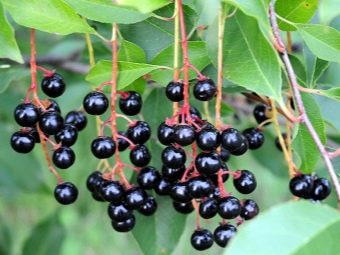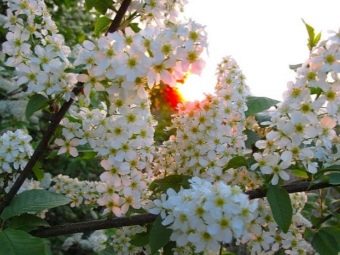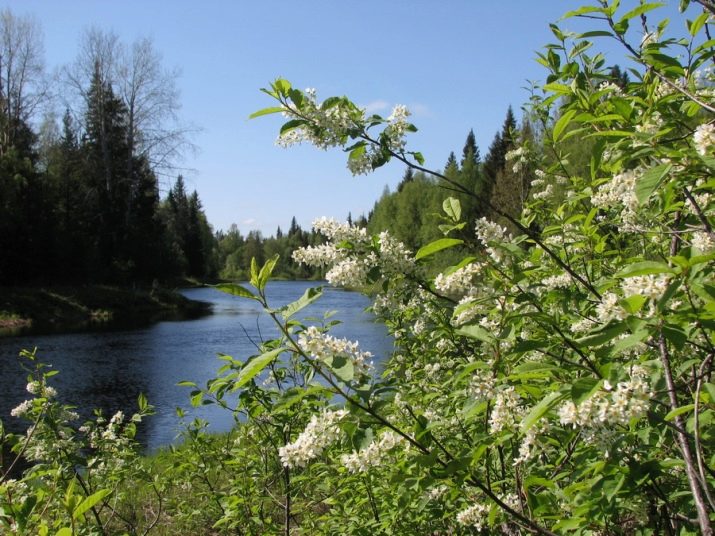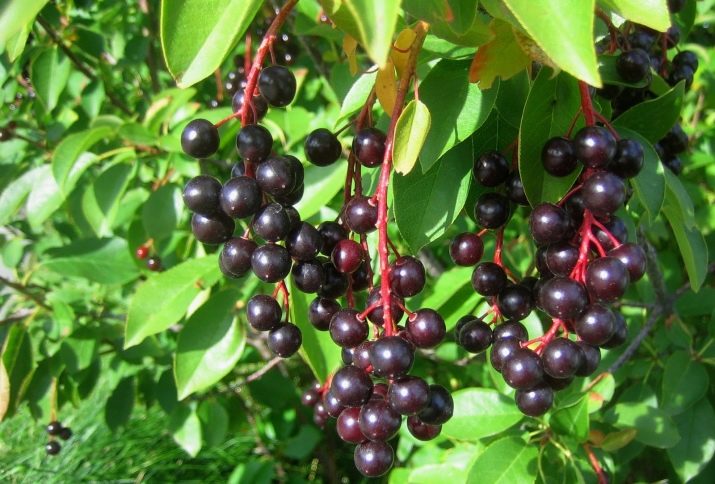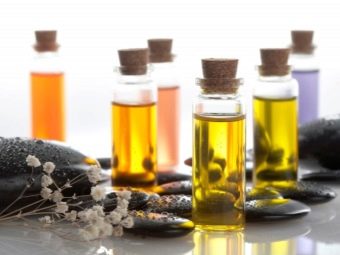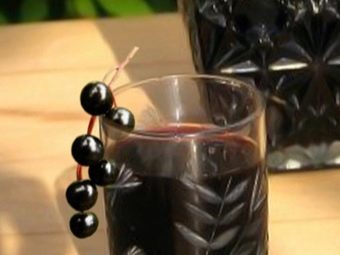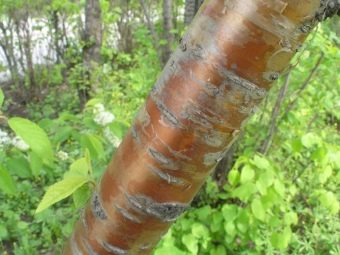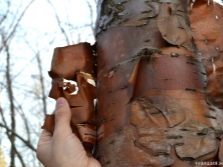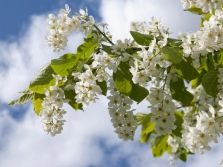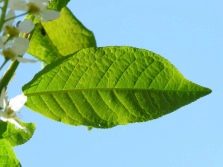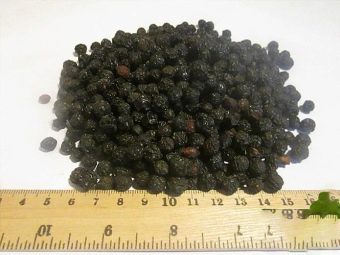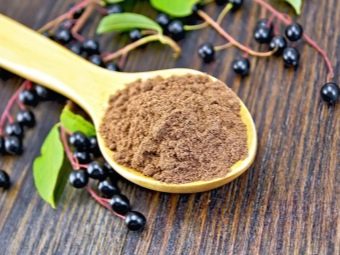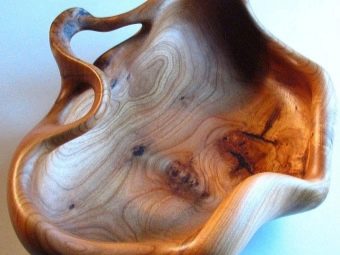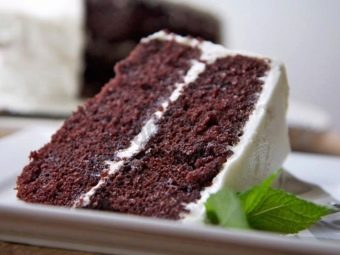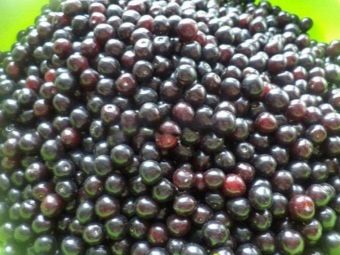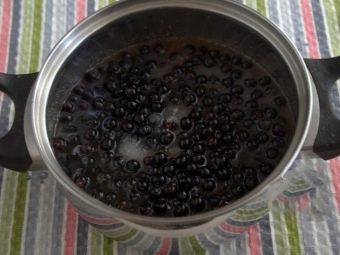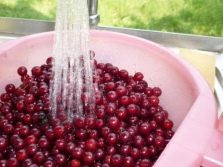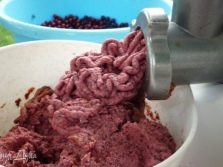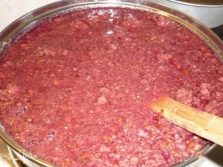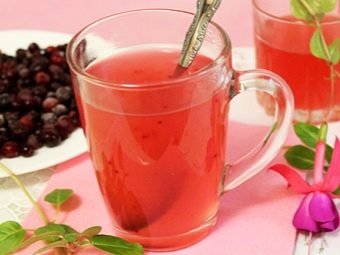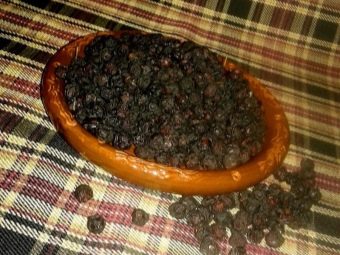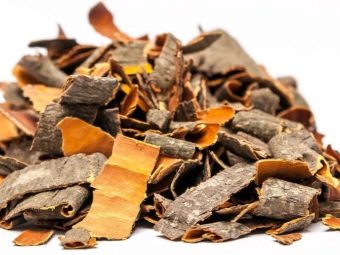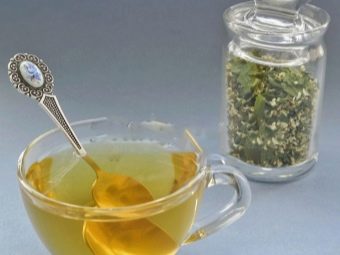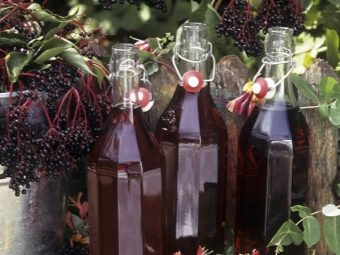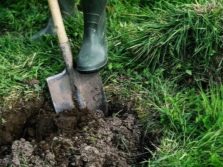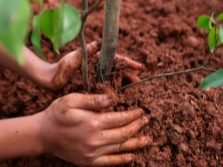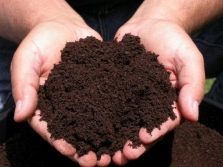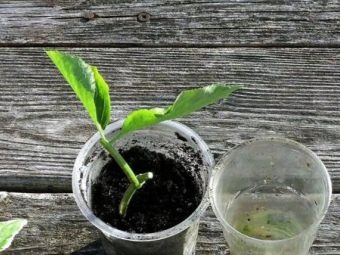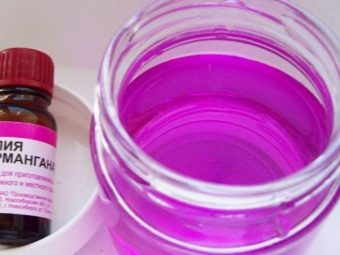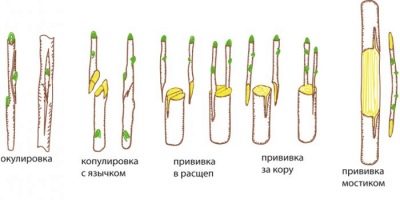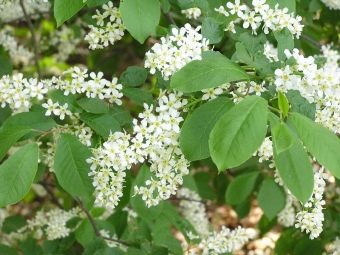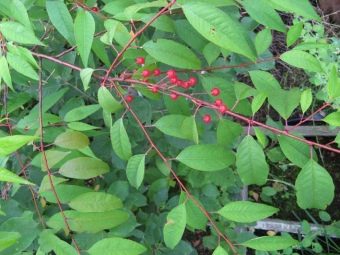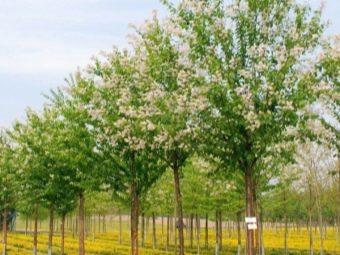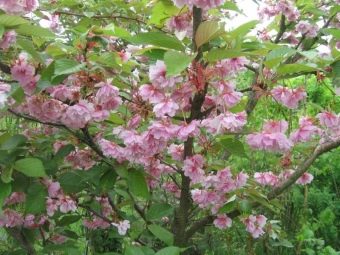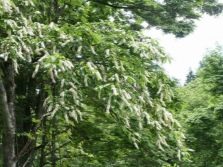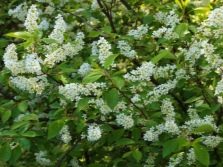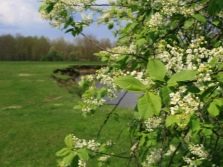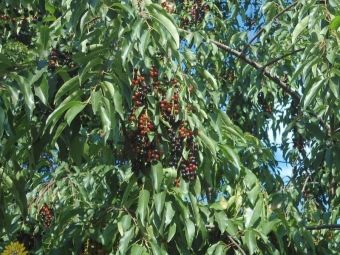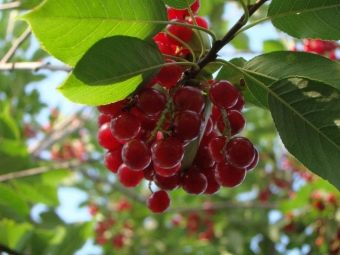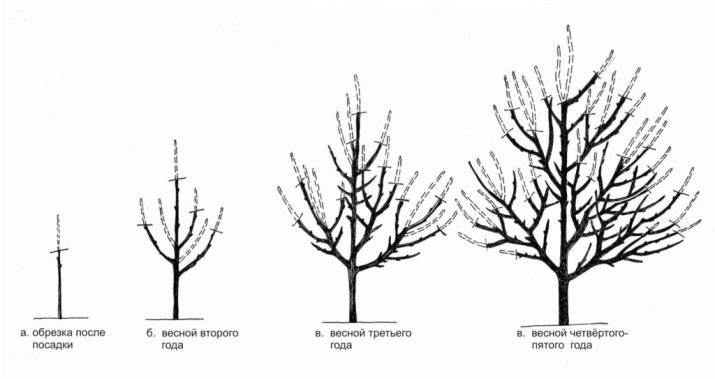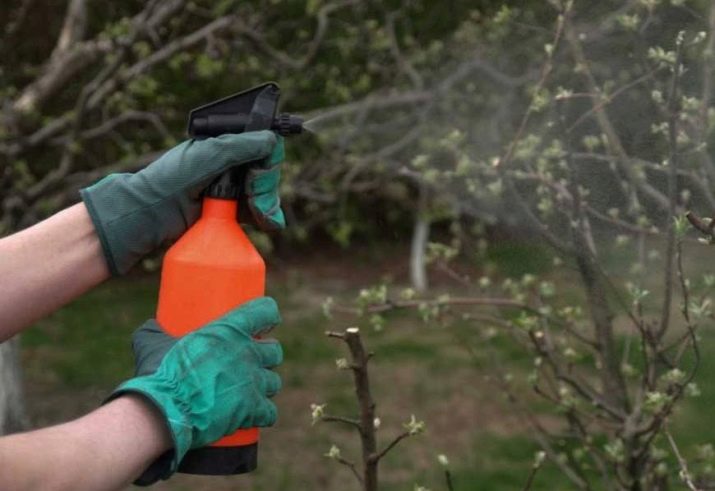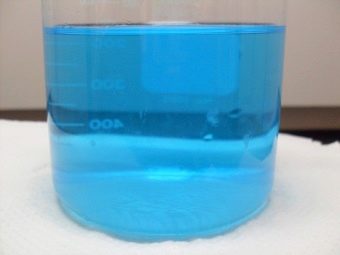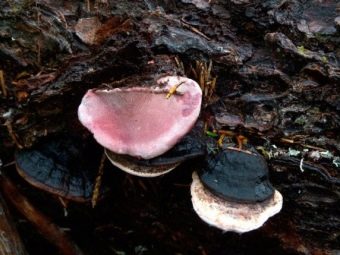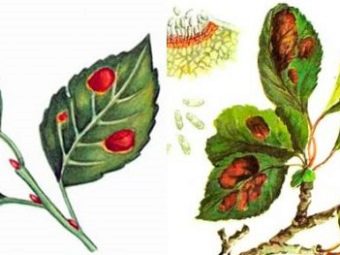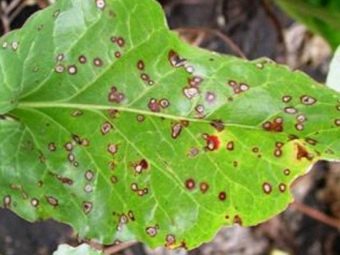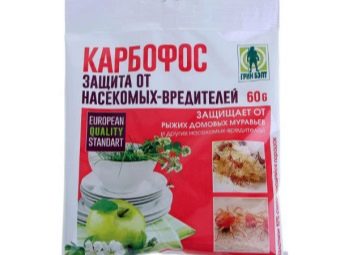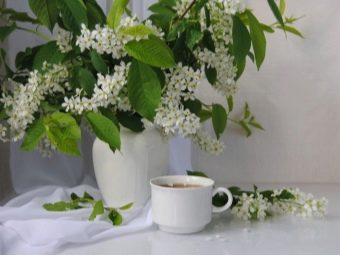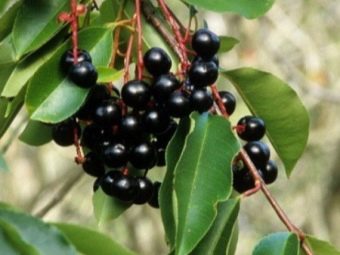All about bird cherry: properties and features of use
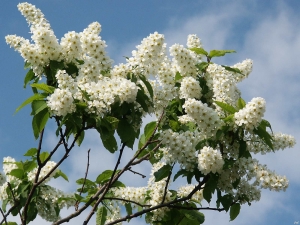
Bird cherry is known to many from childhood. It can be found in the steppes, forests and along rivers. During flowering, it looks like a plum or cherry.
In the old Russian language, the bird cherry is derived from the word “cherem”, which means “dark-skinned”. This name is associated with the dark color of the trunk and the fruits of black.
The ancient Slavs treated this tree with great honor, considering it to be sacred. In Russian culture, bird cherry is the personification of purity, youth and tenderness. For a long time, she was considered the intercessor of loving couples, reliably preserving not only their secrets, but also healing spiritual distress.
According to numerous legends that tell about the appearance of bird cherry, it is believed that the young girl turned into a tree, languishing from an unrequited love for a man. According to the legend, the heart of the young sufferer has cooled down since, therefore, at the time when the bird cherry tree begins to bloom, days and nights become noticeably colder.
Plant description
The bird cherry looks like a tree or a shrub whose height can reach 10-15 meters. This plant belongs to the genus of plum or cherry from the Rosaceae family. The tree begins to bear fruit at the age of 5 years and on average lives up to 100 years.
The flowers are white, gathered in a brush, with a unique aroma. The inflorescence consists of several flowers where seeds develop. The leaves of the plant are long and oblong, and the branches are fragile and thin. Sweet fruits have astringent taste. The tree blooms in April-May, and the fruits ripen in mid-summer - early autumn.
Places of growth
One of the most common varieties is the bird cherry, its fruits and stem in black. This variety can be found in almost all of Russia. Some varieties of plants grow in Asia, North America and other countries.
Often the bird cherry prefers to grow in moist soil, so it can be seen on the banks of rivers, in lowlands, scrubland and forest edges.
All about the fruits
Since ancient times, the bird cherry has received a great recognition as a medicine for many ailments. The list of nutrients in the bird cherry is very high, so it is rightfully a real source of healing properties for human health.
However, despite the numerous medicinal qualities of the fruit, it is important to know that they can bring both benefit and harm. For this you need to take into account contraindications, chemical composition, and in the treatment of decoctions and tinctures to adhere to the correct dosages.
Chemical composition
The main value of bird cherry is its chemical composition. The fruit contains pectins, organic acids, tannins. Also in the composition of the plant should be noted the presence of essential oils, vitamins, resins, saccharides, minerals, ascorbic acid, flavonoids, phytoncides and other useful components. In the bird cherry there is a substance called amygdalin glycoside, which, dissolving under the influence of enzymes in the human body, is divided into glucose, hydrocyanic acid and benzaldehyde.
In minimal quantities, amygdalin is even beneficial for health, as it stimulates breathing and helps to improve digestion. However, in an excess amount of glycoside leads to difficulty breathing and poisoning. Therefore, it is important to observe the correct dosage of cherry products and not to exceed the permissible norms.
Beneficial features
The fruits and leaves of the bird cherry have powerful healing properties. From it you can prepare a large number of medicines: decoctions, lotions and tinctures. Bird cherry has an antimicrobial and anchoring effect, because of which it has found its widespread use for the treatment of intestinal diseases and diarrhea.
Broths that have a diuretic effect are prepared from the cortex, so they are in demand in the treatment of diseases of the urinary and cardiovascular systems.In addition, the decoction has an effective diaphoretic property and is actively used for influenza and colds. Gingerbread cakes help with conjunctivitis with purulent complications, stomatitis.
The main therapeutic functions of bird cherry:
- sedative;
- anti-inflammatory;
- tonic;
- diuretic;
- hemostatic;
- sweatshops.
Contraindications
Despite the fact that the bird cherry has many useful properties, it can also be harmful to health. With the highest degree of caution should use the bird cherry people suffering from hemorrhoids, constipation and intestinal obstruction.
The smell of the flowers of this tree can cause vasoconstriction in the brain. Long inhalation of this fragrance is harmful to people with high blood pressure.
It should be carefully put a bouquet of freshly picked flowers in the house, as they contain hydrocyanic acid, which in excessive quantities can cause bouts of severe headaches. That is why you should not decorate the room with branches of this tree.
In the preparation of tinctures and decoctions should always adhere to the correct dosages. Broths can not be cooked for stock. When stored for a long time in these solutions poisonous substances appear that can cause health more harm than good. Therefore, it is important every day to make a fresh decoction. This rule does not apply to alcohol tinctures, as they can be stored for a long time. Before using tinctures and decoctions of this plant, it is better to consult a doctor.
As mentioned above, the bird cherry contains amygdalin glycoside. In humans, this substance is broken down into glucose and hydrocyanic acid, which in large doses can cause intoxication.
The famous medieval physician Paracelsus claimed that everything is poison and medicine at the same time, only the correct dosage of the drug determines whether this medicine will be beneficial or harmful. Gifts of bird cherry are important to take with a sense of proportion, so if you eat pitted fruits, they will not be able to harm the body, but on the contrary, the vitamins contained in them will be beneficial to health.
In addition, ripe fruits have a low calorie, because of what they are especially popular among people who are attentive to their figure.
Stocking
Bark from the bird cherry should be removed in early spring, when the movement of the sap in the plants begins. This should be done carefully, so as not to hurt the inside of the cortex. Small strips should be dried in the open air, preferably in a shady place. However, it is much easier to dry the collected material at home in an oven at a temperature not exceeding 40 degrees Celsius.
Cherry flowers are usually collected in the middle of May, when the air is already warm enough. It is best to collect raw materials early in the morning. At the same time, care should be taken to avoid insect-damaged or wilted flowers. Typically, this collection is dried no more than a week. Flowers should be left in a dark, secluded place, covered with a gauze cloth.
Leaves better to collect from the young branches. On their surface there should be no damage from insects or dark spots. Harvested raw materials must be dry and clean.
Cherry fruits should be harvested in the form of whole brushes, while the berries must remain whole. Usually for harvesting select smooth and ripe fruit without any damage. You can dry them in the oven, placing on a clean baking sheet at a temperature of 30 to 50 degrees Celsius. It is necessary to monitor the drying process to avoid burning the berries. Dried fruits should be easily separated from the stalk. Drying is stored as a whole, and sometimes flour is made from it, grinding the contents on a coffee grinder. This product has a pleasant almond smell.From the fragrant flour of dried cherry berries, you can prepare tasty dishes, for example, add it in small quantities to compotes, jelly and cakes to create spices.
Dried raw materials should be stored in paper packaging in a dark, dry place. It is necessary to sign on the bags in which year the raw materials were collected, since the charges should be thrown out after the expiration date.
In overdue blanks, there are no other useful qualities left, but on the contrary, harmful substances can accumulate. On average, bird cherry flowers are stored for no more than one year, and fruits, leaves and bark can be stored for up to 5 years.
Scope of application
The scope of a bird cherry is not limited only to production of curative decoctions and lotions. Cherry flowers are actively used to combat unexpected guests in the house - various insects. You should not leave the branches of the tree in the room for more than half an hour to avoid the release of harmful substances.
Strong wood is used to create handles in percussion instruments. Flexible material is often involved in carpentry production in the manufacture of curved elements. The dense structure of wood makes it possible to make products with fine thread.
Slavs made hoops, baskets and frames for sleds of bird cherry twigs, pre-steamed and prepared to create products. Bird-cherry wood perfectly withstands moisture, so in ancient times a special “swath” was made from it, where linen was knocked out.
Bird cherry bark is used to create natural colors of green and burgundy colors. Ground fruits are used to make cakes. Also from the fruit of the bird cherry cook tasty kissels and compotes.
Tasty and healthy recipes
Since time immemorial, people have preferred bird cherry as a remedy. Many families have their own original recipe for various diseases, which they know from their great-grandmothers. The use of bird cherry in folk medicine is associated with its unique healing properties.
Cherry jam helps to preserve all the useful qualities that are present in fresh fruit. It has a pleasant taste and aroma. This product is suitable for people suffering from cholecystitis and prone to overweight.
For the preparation of jam prepare the fruits from which the bones are taken out. Wash the fruit with a colander, gently dipping it into the water so as not to touch the thin skin of the fruit.
For the preparation of bird-cherry jam, you will need 1 kg of cherry fruit, 1.25 kg of sugar and 0.75 liters of water.
Cooking process:
- The first thing you need to thoroughly wash all the fruits, removing the immature or damaged.
- Then boil the water, add 0.5 kg of granulated sugar to it.
- Fruits should be put in a colander and immersed in boiling water for 5 minutes. After that, the colander is removed and the resulting syrup is drained to the end to the pan.
- Fruits need to shift to clean dishes.
- In the pan with syrup, add the remaining sugar.
- After the sugar has completely dissolved, the fruit should be poured with boiling syrup and the pan should be placed over low heat.
- Boil the mixture should be for 20 minutes, stirring occasionally and removing the foam.
- When the product is ready, it is laid out on the banks, which are then removed in a cool place.
Most often, cherry jam is made from ripe black fruit. Such a dessert is tender and pleasant to the taste. However, the recipe from red cherry, which contains more vitamins A and C, is quite common. This delicacy has a sweet and sour taste and is a useful remedy for colds.
Progotovlenie jam from red bird cherry:
- To create a dessert you need to prepare 1.5 kg of red bird cherry and 1.5 kg of granulated sugar.
- Fruits should be washed, sorted and dried, spreading them on a towel.
- Fruits need to be minced three times.
- Mix the ground mixture with sugar and mix well.
- Put on a low heat and cook for about an hour, trying not to bring the mass to a boil. To do this, from time to time it is necessary to remove the pot from the fire, and after cooling down, put it back.
- Ready to pour the dessert in sterilized jars and roll up thoroughly. After they cool down, put them away in a cool place.
The infusion of bird cherry is an excellent drug for gastritis, especially with a high degree of acidity. Bird-cherry also successfully treats colitis and any other disorders of the gastrointestinal tract.
To prepare the infusion, you need 20 grams of dried cherry fruits pour 500 ml of boiling water and leave in a thermocup for 10-12 hours. The resulting infusion should be taken 100 ml before meals 3 times a day. To treat diarrhea, the decoction is prepared as follows: 2 tablespoons of dried fruit pour 500 ml of hot water, heat the product in a water bath and bring it to a boil slightly. The resulting infusion to cool and take 2 times a day, 100 ml.
This broth is very concentrated, so do not exceed the permissible daily dose. After 30-40 minutes after taking the infusion, it is allowed to consume a light meal in a small amount.
A decoction of bird bark of an ordinary bird performs an antipyretic function and is used to fight colds, flu, and bronchitis. To make an infusion with acute respiratory infections, add 10 grams of crushed dry bark to a glass of boiling water and boil the solution for half an hour over low heat. When the infusion is cooled, it must be drained and boiled water should be added to it, bringing the broth to the original volume of 250 ml. This tool is taken 3 times a day, 80 ml. Cooked drug lasts for a day. If necessary, the next day is preparing a new decoction, which should be drunk until complete recovery.
Bird cherry has proven itself for the treatment of diseases of the musculoskeletal system and joints. Solutions of bird cherry with the addition of medical alcohol will help relieve pain in osteochondrosis, radiculitis and any other lumbar pain. The method of preparation of this composition includes 50 grams of dried bark and 1 cup of vodka. The solution must be infused for two weeks. To reduce spasms, apply a solution to the lower back or sore joints.
Cherry tinctures with alcohol are not only suitable for the successful treatment of diseases of the joints, but also do an excellent job of treating gastrointestinal disorders. The medicine is prepared as follows: 150 grams of vodka is poured onto 150 grams of dried cherry fruits. The resulting mixture is left in a dark place for 2-3 weeks. Take this remedy to the food 5-7 drops with a small volume of liquid.
Cherry flowers are a great success to fight against infectious diseases of the visual system. To prepare the solution for 1 cup of boiled water is taken 1 teaspoon of dried flowers. The tool is infused for 8-10 hours, filtered, and with the help of sterile wipes are made lotions, but not more than 15 minutes for each eye.
Planting and reproduction
Experienced gardeners advise planting bird cherry in spring and autumn. During these periods, seedlings take root better. For planting usually choose a sunny place with wet soil. If you plant a seedling in a shady area, then it will constantly reach for the sun, because of what the fruit will grow mainly on the top of the tree. When planting several plants, it is necessary to keep a distance of several meters between them, because they grow quickly, and the branches may be too long.
When planting in the open ground sapling perfectly take root and grows. Before planting, a pit is prepared where the roots of the tree to be planted should be placed comfortably. At the bottom of the dug pit is poured a mixture of fertilizers, dry leaves and humus.
Before you place the plant in the hole, you must carefully examine its roots for affected parts, and the root system should not be excessively long, so it needs to be slightly shortened. All shoots are cut from a seedling, except for the 2-3 strongest and most developed, they can be made shorter up to 0.5 meters.
The roots of the tree are carefully placed in a dug hole and covered with a layer of soil. The area near the trunk can be made bigger. After that, the seedling is watered. When water is absorbed into the ground, it must be sprinkled on top of a layer of peat or sawdust.
Various methods are used for plant reproduction: seeds, grafting, grafting, root shoots.
One of the most common and affordable methods of cultivation of bird cherry cutting is considered. Preparation of cuttings is carried out in the fall. Mostly used young branches, which are cut into a length of about 20 centimeters. The resulting shoots should be kept until spring, wrapping them in paper or thick material and leaving in a cool place.
2 weeks before planting, the cuttings are disinfected with manganese potassium. Cuttings are placed in a container with a solution until they grow roots. After that, they are planted in moist soil.
The cuttings need to be properly maintained, namely, in time to water and loosen the soil around them for better growth. When the plant until the end forms the root system, it must be transplanted to a permanent place.
Many gardeners recommend planting the cuttings to a permanent place at once, in order to avoid a transplant, which the cuttings endure quite hard.
To propagate the plant with branches, you need to select the lowest branch on the bush and make a small incision on the bark, bending the branch to the ground itself and placing it in a ditch to a depth of 12 cm. Prepare the pit beforehand and put fertilizer there. After the branch is fixed in this state, the ground is filled up from above, so that the top of the stem remains on the soil surface. In the autumn, it is necessary to separate the branch and transplant to another place.
The advantage of this method of reproduction is that the elbows perfectly take root in a relatively short time.
Is it possible to inoculate something?
Bird cherry can also be propagated by vaccination. According to statistics, out of 10 grafts successfully take root 9.5. The vaccine is made in the middle of summer. For vaccinations take stems, cut from young shoots of shrubs.
Sorta
Prunus differs in varieties. In total there are more than 20 species of plants growing in various parts of the world.
Prunus or avian cherry mainly occurs in the forest area of Eurasia. This tall tree is 18 meters tall. Its foliage is dark green with a slight bluish tint, in the fall acquiring a rich purple hue. The tree begins to bloom in late April. Its fruits are sweet with astringent taste.
In the forest zones of North America, Pennsylvanian bird cherry grows. This is a large shrub or tree up to 12 meters high. Fruits grow small size. The trunk is covered with burgundy bark, the branches of the tree also have an unusual color with a reddish tinge. The crown of the tree is oval. The leaves have an oblong shape with pointed edges and cast a glossy shine. In autumn, the leaves acquire a bright red hue. The tree is quite unpretentious, it is well tolerated as dry times, and great frosts.
The bird cherry Maak is found in the north of China and the south of the Far East. This tree is up to 17 meters high. Its trunk has a distinctive feature in the form of a bright yellow bark with a golden sheen. The leaves are oblong, their average length is 12 centimeters. In the spring, the leaves of the tree are green, in the summer they appear a darker shade, and in the fall they are saturated red-yellow. Inflorescences are a form of brushes, the flowers have almost no odor.The small berries of the Maak bird cherry have a bitter aftertaste. These fruits are often eaten by bears, which is why they are commonly called “bear berries”. The bird cherry Maak is very resistant to frost, reaching minus 40 degrees.
Bird cherry grows in the same place as the Maak species. Initially, this type belonged to the genus Plum, and then became reckoned among the genus Cherry. Bird cherry can be up to 25 meters high. In spring, leaves with a bronze color, in summer they turn green, and in the fall they are already purple. The wrong side of the leaves is a lighter shade compared to the front side. White or pink flowers are in small inflorescences. Flowering bird cherry flourish simultaneously with the appearance of foliage. During flowering, the tree looks luxurious. This variety attracts attention with its original decorative forms.
Prunus bird grows in the mountain forests of the Far East and in the north of Japan. The tree is low, its height is only 7 meters. The bark has a dark gray color. The size of the inflorescences is 15 centimeters. Berries grow large and fleshy, rounded.
Asian Prunus grows on forest edges and near rivers. The main places of growth - Eastern Siberia. This variety has a great external resemblance to the bird cherry. This tree is up to 18 meters high. A distinctive feature is a slight pubescence on young stems. This species of bird cherry is resistant to severe frosts.
Prunus Antipka found in the Caucasus. The preferred place to grow is lime soil. Rounded leaves are about 10 centimeters, their front part is pale green, and the wrong side of the foliage is lighter with a slight pubescence of a light yellow color. The tree differs from other species in the shorter structure of the inflorescences, consisting of an uneven number of flowers from 5 to 14 pieces.
Prunus comes from North America. This variety of plant is the name due to the fact that it blooms much later than other members of its genus. This usually happens in late May or early June. Bird cherry berries ripen in late August. Often this tree is called "rum cherry", which is associated with a specific bitter taste of the fruit. This species has both shrubs and tall trees about 20 meters. Bark in bird cherry late dark cherry color. The leaves are large - up to 12 centimeters, dark green with a glossy sheen. The front side of the sheet is somewhat darker in comparison with the wrong side.
Bird-cherry virgin grows in eastern North America, mainly on the banks of rivers and reservoirs. This variety has a certain similarity with the bird cherry. Most often this species is a tree about 15 meters with a spreading crown. The ripened fruits have juicy pulp and are not only black, but also yellow and red.
Care features
For proper care of the tree, pruning should be done in the spring each year, removing diseased and dried branches, as well as those that thicken the crown of the tree too much. Places with cuts are greased with special garden putty. To create a vase-shaped crown in a plant, it is necessary to leave the central shoot immediately after planting the seedling, shortening it to 0.7 meters, and simply remove the rest.
After new stems start growing from the trunk, the first row should be formed and the four most developed branches should be left at the same distance from each other. From the main shoot, you need to make the angle of separation of the auxiliary stems at about 60-70 degrees. The formation of the second row is carried out in a similar way, for which they take 2-4 branches, which must be placed 0.5 meters from the first tier.
After the final formation of branches, an important condition is to ensure that the crown of the tree does not thicken, and the height does not exceed 3-4 meters. To perform this task, sanitary pruning is carried out in the spring to remove excess growth and make shorter branches that are too long.
Pests and diseases
Bird cherry, like many other plants, affect the disease in the form of powdery mildew, rot, cytosporosis. Of the harmful inhabitants on it can be ermine cherry-bird moth, unpaired silkworms, phytophagous bugs, weevils and aphids.
Cytosporosis is an insidious disease that can damage the branches and the trunk of a tree, which, in turn, causes the plant to dry out. Small bumps of white color appear on the surface of the trunk. This negative factor indicates the presence of a fungus that must be removed from the plant without fail. You can do this if you simply cut off the affected stems with foliage and berries.
As a preventive measure, in the spring you need to process the tree with a 1% Bordeaux mixture. Also in the spring, the barrel can be treated with iron sulfate. In autumn, the bird cherry must be whitened with lime.
Wood rot appears due to the development of a trumpet mushroom. Infection begins through damage and cuts on the bark of the tree. When the process of decay begins in the wood, it can be transformed into its chemical features or even changes in the structure itself. With timely detection of the source of infection, you can clear the wood from rot and cover it with clay with the addition of fungicide, which will help keep the tree from the disease. However, if the disease is already running, then saving the plant is unlikely to succeed.
Blown fruits are one of the most dangerous fungal diseases in trees. During the course of the disease there is an improper formation of the fruit. There are no seeds growing, and the berries themselves are bloom. Often the flowers die after infection, the ovary does not occur. To save the bird cherry from this evil ailment, you should pluck all the infected flowers and berries.
Even before flowering, the plant should be treated with a one-percent solution of copper sulfate or Bordeaux mixture.
Mealy dew is a bloom in the form of a web of white color on the branches and leaves of the tree. This covering becomes not so noticeable over time, however at this time a fungus has time to appear on it. In the spring, the disease recurs.
Polystigosis, or rubella, is a fungal disease that affects the leaves of a tree. On the surface of the leaves, small patches of red color appear, which become extremely pronounced on green leaves. To combat the disease should be spraying the drug "Nitrafen" or 3% copper sulphate. After the bird cherry blossoms, it can be treated with Bordeaux mixture.
If the infection is severe, then it is necessary to treat the fungicidal solution within 2-3 weeks after the tree stops blooming.
Cercosporosis is a necrosis that can affect leafy plates. This can be detected if a whitish color is visible on the front surface of the sheet, and brown on the wrong side. Over time, these spots begin to merge and destruction of the affected parts occurs. To get rid of the disease, the bird cherry is treated with the help of Topaz, which is a high-quality treatment for various diseases in plants.
Contiothriosis affects branches, fruits and leaves. In areas that are affected by necrosis, round spots of brown or yellow flowers with an orange border are formed. In the center of necrotic lesions are black dots. In the fight against this problem, two treatments are usually carried out against pests. First, it is done at the beginning of spring, and then after the tree has faded. Bird-cherry is sprayed with Karbofos according to the instructions for the preparation.
Interesting Facts
There are a lot of interesting facts about bird cherry. Here are just some of them:
- in Russia there are three rivers that are called “Bird cherry”;
- it has long been customary in Russia to put a bunch of cherry flowers in the house to get rid of small rodents;
- as shown by archaeological excavations, people used the bird cherry trees during the Stone Age;
- for the preparation of the famous Siberian delicacy - bird cherry cake, cooks add cherry flour to the dough, which consists of ground dried fruit;
- in Siberia, in many stores you can buy ground cherry;
- during World War II, juice from berries of bird cherry was used to heal wounds, because this plant has strong wound-healing and anti-inflammatory effects.
How to plant bird cherry, see the following video.

